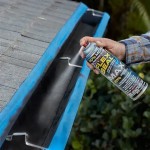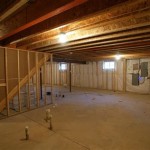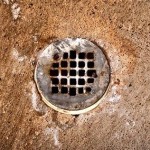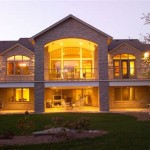Basement Ceiling Insulation Faced Or Unfaced
When insulating your basement ceiling, you have two options: faced or unfaced insulation. Faced insulation has a paper or foil backing that helps to reflect heat back into the room, while unfaced insulation does not. So, which type of insulation is right for you?
There are several factors to consider when making your decision, including the climate you live in, the type of insulation you are using, and your budget. If you live in a cold climate, you will want to use faced insulation to help keep the heat in your home. If you live in a warm climate, you may be able to get away with using unfaced insulation.
The type of insulation you are using will also affect your decision. Faced insulation is typically more expensive than unfaced insulation, but it can also be more effective. If you are using a high-quality insulation, you may not need to use faced insulation. However, if you are using a less-effective insulation, you may want to consider using faced insulation to improve its performance.
Your budget will also play a role in your decision. Faced insulation is more expensive than unfaced insulation, so you will need to decide if the added cost is worth it. If you are on a tight budget, you may want to consider using unfaced insulation.
Here is a table that summarizes the pros and cons of faced and unfaced insulation:
| Insulation Type | Pros | Cons | |---|---|---| | Faced insulation | More effective at reflecting heat | More expensive | | Unfaced insulation | Less expensive | Less effective at reflecting heat |
Ultimately, the decision of whether to use faced or unfaced insulation is a personal one. You will need to consider your climate, the type of insulation you are using, and your budget when making your decision.
Here are some additional tips for insulating your basement ceiling:
Make sure that the insulation is properly installed. Improperly installed insulation can actually make your home less energy-efficient.
Use a vapor barrier to prevent moisture from entering your insulation. Moisture can cause your insulation to become less effective and can also lead to mold growth.
Insulate all of the areas of your basement ceiling, including the walls and the rim joists. This will help to prevent heat loss and will make your basement more comfortable.
By following these tips, you can insulate your basement ceiling properly and improve the energy efficiency of your home.

Faced Vs Unfaced Insulation Bob Vila

Unfaced Vs Kraft Faced Insulation What S The Difference Johns Manville

Faced Vs Unfaced Insulation Bob Vila

Basement Ceiling Insulation Faced Or Unfaced Which One To Choose Insulationline Com

Faced Vs Unfaced Insulation The Constructor

Finishing A Basement Day 4 Insulation

Unfaced Vs Kraft Faced Insulation What S The Difference Johns Manville

Best Insulation For Basement Ceilings And Why You Need It

How To Install Ceiling Insulation In A Basement Or Crawlspace Why You Should R30 R21 R19 R13 Youtube

The Pros And Cons Of Insulating Basement Ceiling Should You Do It








